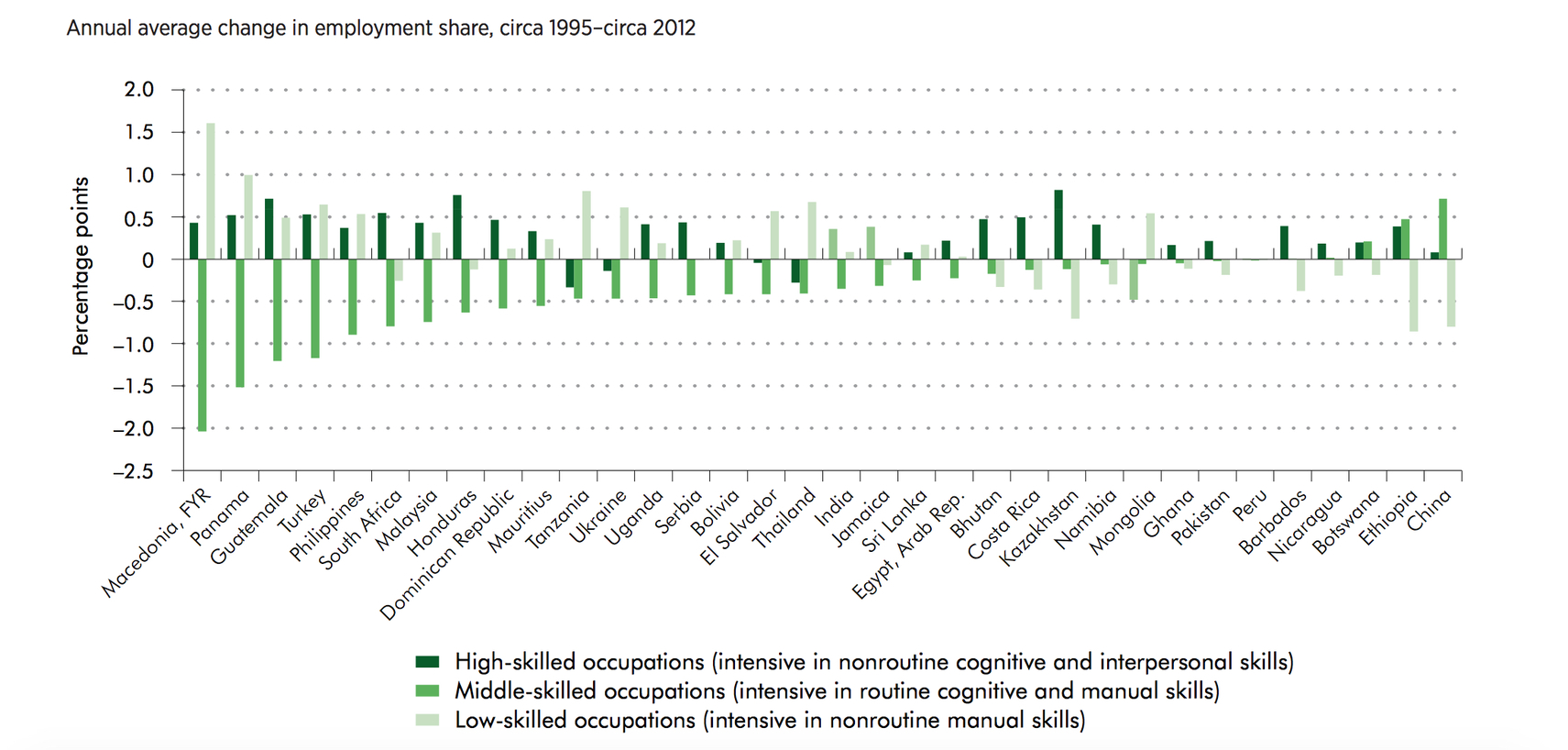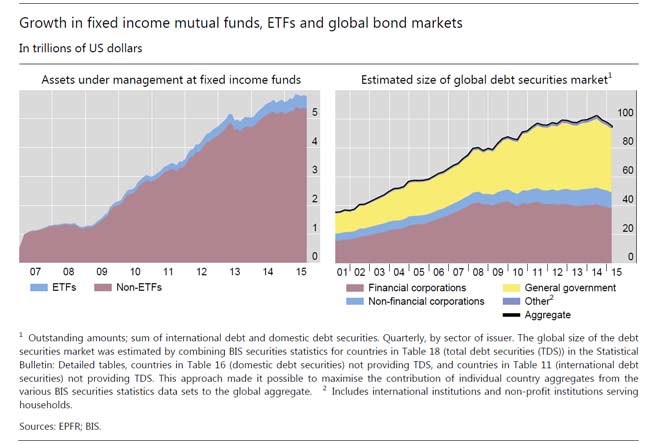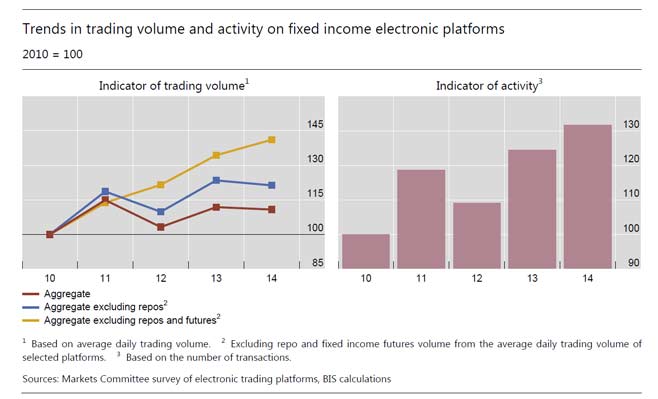In a speech delivered at the London School of Economics, Ben Broadbent outlines the importance of innovations in digital currencies – and what the economic implications of central banks introducing their own might be.
Ben explains that digital currencies like Bitcoin are, in themselves, extremely unlikely to become widely used alternative units of account, displacing the dollar or pound. Rather, the interesting aspect of these digital currencies is the settlement technology that underpins them, the so-called “distributed ledger”. This system allows transfers to be verified and recorded without the need for a trusted third party: the role that central banks currently perform for commercial banks.
Ben argues that, while clearing payments through a distributed ledger rather than a central bank may not have any significant macroeconomic effects in and of itself, what would prove significant is how the technology could be used to widen access to the central bank’s balance sheet beyond the commercial banks it currently serves.
Ben states: “That might mean adding only a narrow set of counterparties – non-bank financial companies, say. It might mean something more dramatic: in the limiting case, everyone – including individuals – would be able to hold such balances.”
The potential that distributed ledgers offer to expand access to central bank balance sheets encapsulate the distinction between ‘private’ digital currencies – which essentially seek to substitute central banks as settlement agents – and ‘central bank digital currencies’, which could result in central banks expanding their role as trusted third parties.
The macroeconomic impact of central bank digital currencies would depend on their precise design and the degree to which they competed with the main form of money in the economy currently: commercial bank deposits. As Ben notes, the public is already able to hold claims on the central bank through cash – and if all a central bank digital currency did was to offer a substitute for paper currency, it’s not clear the macroeconomic effects would be that substantial.
Even then, however, Ben argues you would expect to see some drain from commercial banks. This drain would be greater the more closely a central bank digital currency resembled a genuine bank account. Notably, flows into central bank digital currencies, and out of commercial banks, would pick up at times whenever people were concerned about the strength of the financial system.
Any such shift towards a relatively widely accessible central bank digital currency would therefore have two important implications: “On the one hand, it would probably make [commercial banks] safer. Currently, deposits are backed mainly by illiquid loans, assets that can’t be sold on open markets; if we all tried simultaneously to close our accounts, banks wouldn’t have the liquid resources to meet the demand. The central bank, by contrast, holds only liquid assets on its balance sheet. The central bank can’t run out of cash and therefore can’t suffer a “run”.
Ben adds: “On the other hand, taking deposits away from banks could impair their ability to make the loans in the first place. Banks would be more reliant on wholesale markets, a source of funding that didn’t prove particularly stable during the crisis, and could reduce their lending to the real economy as a result.”
Ben reflects that, in many ways, this debate on the future of digital currencies is resurrecting some of the older arguments in economics. Some admirers of private digital currencies like Bitcoin see them as a means of bypassing central banks altogether – a campaign recognisable to advocates of “free banking” in the 19th century. If it were a close substitute for bank deposits, on the other hand, a central bank digital currency would mean a more prominent role for the central bank; it would also represent a shift towards a “narrower” banking system, another argument with a long history.
Ben notes that while some have suggested that central banks will have to issue digital currencies to meet the “competitive threat” posed by private sector rivals. However, for Ben, “the more important issue for central banks considering such a move will be what it might mean for the funding of banks and the supply of credit”.






